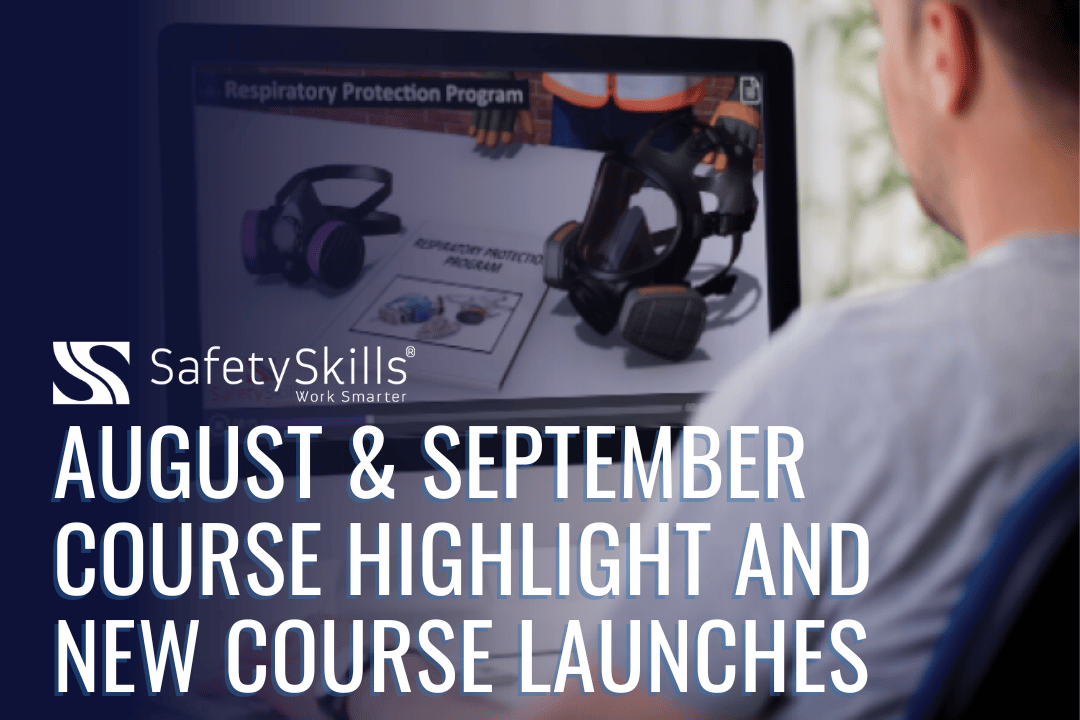Emergency Action Plans for Office Employees
Emergencies are unforeseen situations that present an immediate threat to life, health, property or the environment. Emergencies can happen without warning in any work environment, including offices. The Occupational Safety and Health Administration (OSHA) requires employers with more than 10 employees to have a written emergency action plan, or EAP, for their facilities.
The primary purpose of an EAP is to organize actions of both employees and employers in workplace emergencies. When employees understand their role within an EAP and all parties have the proper training necessary, severe injuries and facility damage can be mitigated. On the contrary, if your team is underprepared for an emergency incident on the job, there can be confusion, injury and even property damages. Employees must be trained over their responsibilities under the EAP. While offices might not have the same hazards as some other workplaces, emergencies such as fire, injuries and severe weather can still affect them.
When preparing an emergency action plan for your organization, it is important to note that no two EAPs are the same. However, there are some universal components to keep in mind when constructing your EAPs, some of which include:
- Evacuation procedures, escape routes and floor plans
- Reporting and alerting authorities
- Alerting staff of an emergency
- Accounting for people after implementing an EAP
- Policies for updating and maintaining the EAP
Maintaining an updated EAP can be a surefire way to take preventive action and reduce the risk of incidents that occur on the job. Additionally, preparing an EAP is an effective way of maintaining the safety of your employees in any hazardous situation.
Learners who successfully complete this course should be able to recognize employee responsibilities in an emergency action plan, identify components of emergency action plans, and recognize common office emergencies and procedures. While this course addresses OSHA training requirements, there may be a site-specific training component required that must be fulfilled by an employer.
This course is presented in English, Spanish and Japanese.
Interested in SafetySkills course content?
SafetySkills launched the following course titles and course translations in August 2022:
New and Improved Course Titles:
- Nail Gun Safety
- Emergency Action Plans for Office Employees
- Animal Safety (Expansion to add Flea and Tick)
- HIPAA Compliance Training
- Incident Investigation Canada: Aspects of Investigations
- Incident Investigation Canada: Investigation Steps
- Incident Investigation Canada: Roles and Terms
- Sexual Harassment and Discrimination for Managers
New and Improved Translations:
French (Canada)
- Incident Investigation – Canada
Spanish
- Basic First Aid
- Sexual Harassment and Discrimination for Managers
New Microlearning Courses:
- Fire Safety for Hospitality Workers: Alarm Signals
- Fire Safety for Hospitality Workers: Employee Responsibilities
- Fire Safety for Hospitality Workers: Evacuation
- Fire Safety for Hospitality Workers: Fire Protection Systems
- Fire Safety for Hospitality Workers: Portable Fire Extinguishers
- Food Safety for Food Service: Causes of Foodborne Illness
- Food Safety for Food Service: Cleaning and Sanitation
- Food Safety for Food Service: Employee Health and Hygiene
- Food Safety for Food Service: Food Code
- Food Safety for Food Service: Storage and Recordkeeping
- Food Safety for Food Service: Time and Temperature
- Kitchen Equipment Safety: Burns and Scalds
- Kitchen Equipment Safety: Knives and Blades
- Kitchen Equipment Safety: Other Equipment Hazards in Commercial Kitchens
- Kitchen Equipment Safety: Other Hazards
- Kitchen Equipment Safety: Powered Cutting and Mixing Equipment
- Safe Housekeeping in Hospitality: Chemical Hazards
- Safe Housekeeping in Hospitality: Ergonomic Risks
- Safe Housekeeping in Hospitality: Other Hazards
- Safe Housekeeping in Hospitality: Safe Work Practices
- Safe Housekeeping in Hospitality: Slip, Trip and Fall
SafetySkills launched the following course titles and course translations in September 2022:
New and Improved Course Titles:
- Heat Stress in the Workplace
New and Improved Translations:
German
- Back Injury Prevention
French (Europe)
- Back Injury Prevention
Japanese
- Emergency Action Plans for Office Employees
Hindi
- Crane Safety
New Microlearning Courses:
- Crane Safety: Required Crane Inspections (Hindi)
- Crane Safety: Safe Practices (Hindi)


